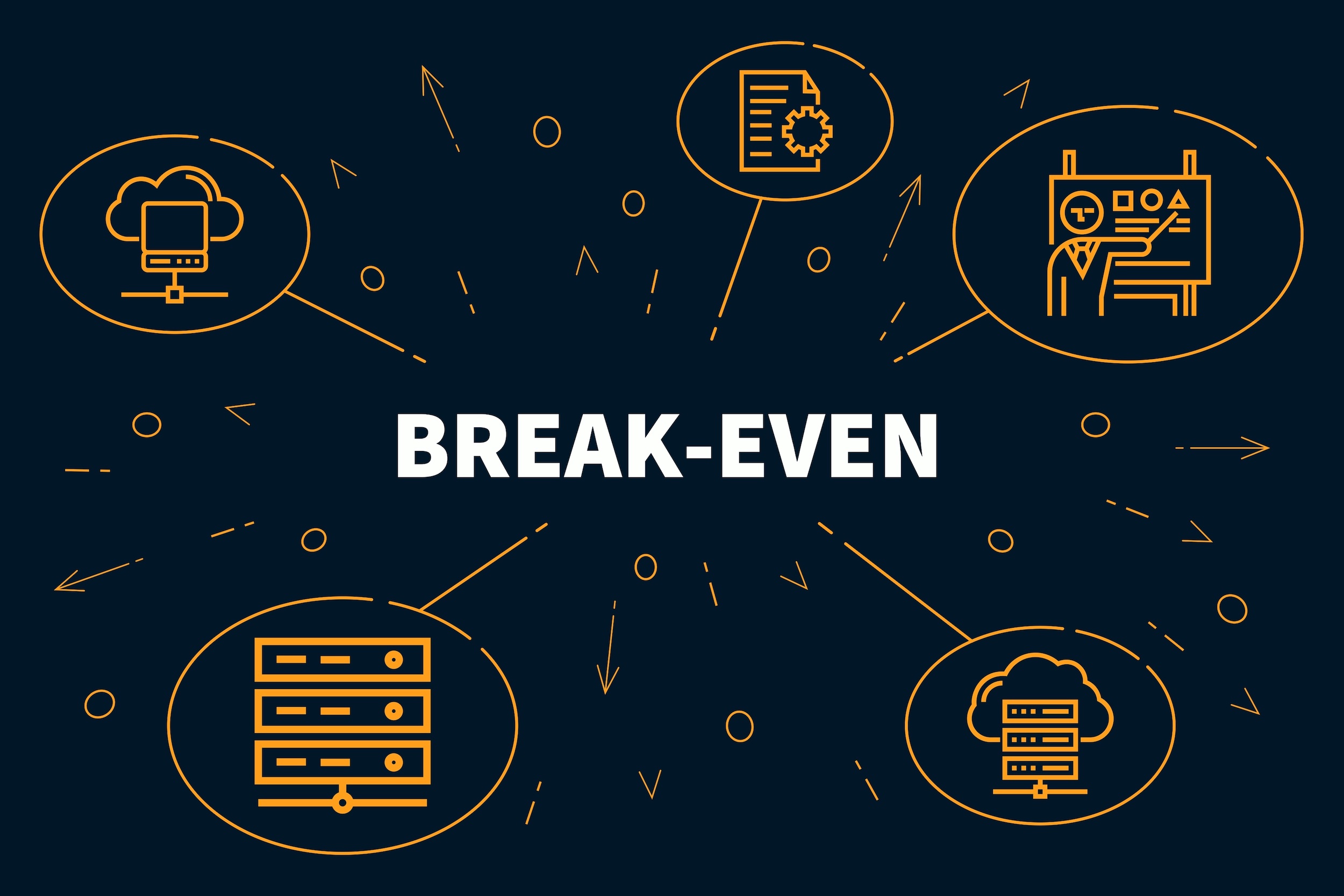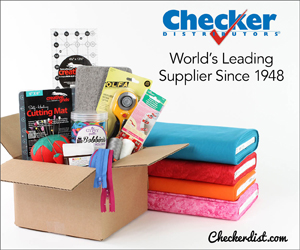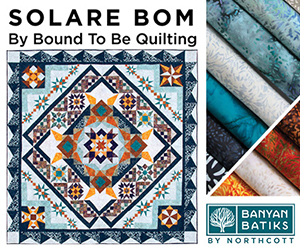
At the end of the day, profit is how we’re able to run a business. If at the end of the year, year after year, you’re unhappy with the profit you’re seeing, something has to change.
Enter profit first cash management. What does this mean? Essentially, Profit = Sales — Expenses. Simple right? What if we switched this equation around to account for human behavior. In other words, what if it looked like this:
Sales — Profit = Expenses.
Game changing, right?
What is Profit First?
What do we mean by profit first? Profit first teaches you to take the profit first then use the remainder to run the business. Essentially what we’re putting into practice the time-tested adage “pay yourself first.” The first step to get started is to complete the profit assessment, which you can find here.
If you’re beating yourself up for the numbers you see after completing the assessment, you’re not alone. Thankfully, this is just the starting point.
Open Your Accounts
Now that you know where your finances stand, it’s time to set up your bank accounts. The five foundational accounts include:
- Income
- Profit
- Owner’s compensation
- Tax
- Operating expenses
And it’s recommended quilt shops should open an inventory purchases account also.
Another way to do this is to open a profit account, then transfer 1% of each sale into that account. If your business runs on $1000 / month, it can survive on $990 / month. Although this feels like nothing, you’ve started a habit that will grow month over month and change your business habits forever.
Inspiration for this post came from “Overcome Financial Stress” by Jacob Curtis published in the October 2021 issue of American Quilt Retailer.
If you’re looking for more information to guide you in owning a retail business, subscribe to American Quilt Retailer today. Already a subscriber? No worries—join our Facebook group for insights and dialogue from industry specialists like you. And don’t forget, you can always purchase single issues if you prefer that instead.





